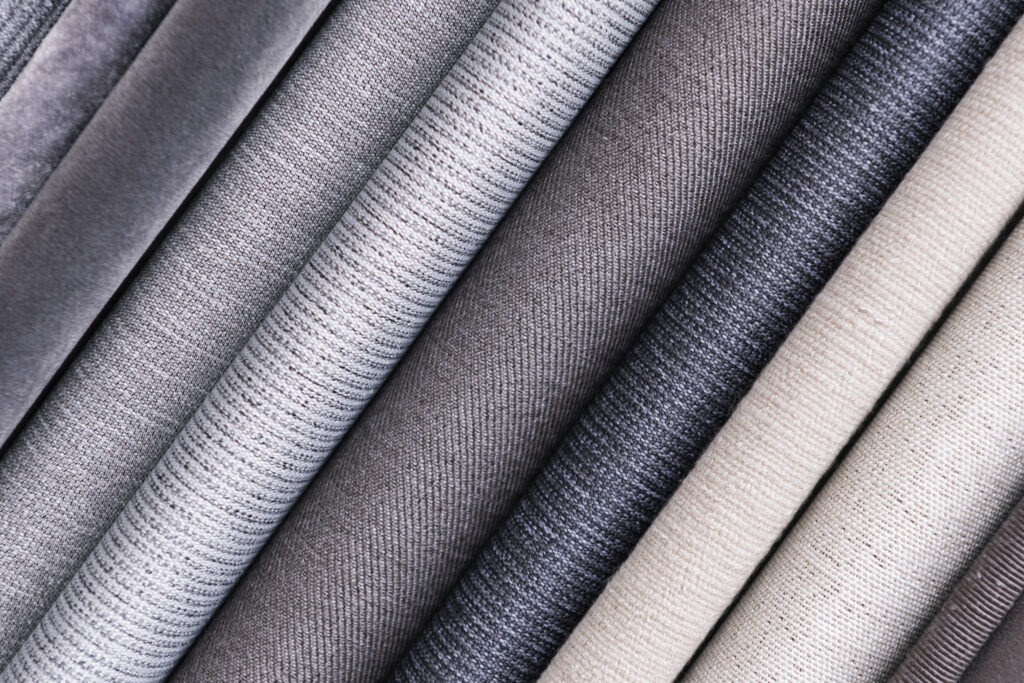Whether you’re cleaning delicate surfaces, polishing electronics, or choosing clothing that resists fuzz and fiber residue, lint free fabrics are your go-to solution. These specialty fabrics are designed to leave zero traces behind—making them essential for both household and industrial use.
In this post, we’ll explore what lint free fabrics are, their benefits, ideal uses, best practices, and actionable insights to help you choose the right one.
🧵 What Are Lint Free Fabrics?
Lint free fabrics are textiles engineered to prevent the shedding of fibers during use. Unlike standard materials that may leave behind lint, fuzz, or small fibers, these fabrics maintain a clean and residue-free surface.
They are often made from tightly woven materials like microfiber, polyester, nylon, or cotton blends that undergo special treatments or finishes. Their smooth, durable construction makes them ideal for environments where cleanliness and precision are critical.
🏆 Key Benefits of Lint Free Fabrics
✨ 1. No Residue Left Behind
Lint free cloths ensure smear-free, scratch-free cleaning, especially on glass, screens, or mirrors.
🧽 2. Ideal for Sensitive Surfaces
Safe for use on electronics, lenses, stainless steel, and automotive interiors.
🧥 3. Lint Free Clothing Options
Fabrics like polyester blends or treated cotton are used in lab coats, uniforms, and workwear for sterile or cleanroom environments.
🧴 4. Reusable and Durable
Many lint free materials are machine washable, offering long-lasting use with minimal wear.
🦠 5. Low Contamination Risk
Perfect for medical, pharmaceutical, or industrial settings, reducing the chance of dust or fiber contamination.
🧺 Types of Lint Free Fabrics
Not all lint-free materials are created equal. Here are the most popular and effective lint free fabric types:
🔹 1. Microfiber
- Highly absorbent, soft, and durable.
- Ideal for cleaning, dusting, and polishing.
🔹 2. Nylon
- Smooth and non-abrasive.
- Common in cleanroom apparel and surgical environments.
🔹 3. Polyester
- Lightweight, breathable, and lint-resistant.
- Often used in anti-static clothing and sterile garments.
🔹 4. Lint-Free Cotton Blends
- Specially woven to reduce fiber shedding.
- Popular for household cleaning and lab use.
🧼 Best Practices for Using Lint Free Fabrics
Maximize the lifespan and effectiveness of your lint free cloths and garments with these simple best practices:
✅ Wash Before First Use
Pre-wash removes any factory residue or static.
✅ Avoid Fabric Softeners
Softeners can clog the fibers, reducing lint-free performance.
✅ Air Dry or Low Heat
High heat can damage synthetic lint-free fibers.
✅ Use Designated Cloths
Keep separate cloths for glass, electronics, or auto detailing to prevent cross-contamination.
✅ Store Properly
Keep lint free fabrics in sealed containers or clean drawers to avoid collecting airborne fibers.
🚀 Actionable Insights: Where and How to Use Lint Free Fabrics
- Home Cleaning: Use microfiber lint free cloths for mirrors, windows, and furniture.
- Car Detailing: Ensure a perfect polish on paint and chrome with scratch-free wipes.
- Camera Gear: Use lint free lens cloths for smudge-free photography.
- Cleanrooms & Labs: Opt for polyester or nylon garments to maintain sterile conditions.
- DIY & Crafts: Great for resin projects, jewelry cleaning, or electronics assembly.
Pro Tip: For professional results, always pair the right lint free fabric with the correct cleaning agent (e.g., isopropyl alcohol for screens).
❓ FAQ – Lint Free Fabrics
🔍 What fabrics are truly lint free?
Materials like microfiber, nylon, polyester, and specialized cotton blends are considered lint free due to their tight weave and synthetic nature.
🧺 How do I wash lint free fabrics without damaging them?
Use mild detergent, skip the fabric softener, and dry on low or air-only settings to maintain their integrity.
💡 Can I use lint free fabrics for glasses or camera lenses?
Yes! Always use ultra-soft microfiber cloths specifically designed for optics to avoid scratches.
🧴 Do lint free fabrics work well with cleaning products?
Yes, especially with alcohol-based cleaners, glass cleaners, and even water for streak-free results.
🧥 Are there lint free clothing options?
Yes. Many industries use lint free lab coats, overalls, or cleanroom apparel made from polyester or nylon blends.
🏁 Final Thoughts
Whether you’re cleaning sensitive surfaces, working in a sterile environment, or simply tired of fibers sticking to everything, lint free fabrics are a must-have in your toolkit. With the right care and use, these high-performance materials offer spotless results every time.
Choose the best lint free fabric for your needs, and keep your surfaces—and your reputation—clean and professional.

